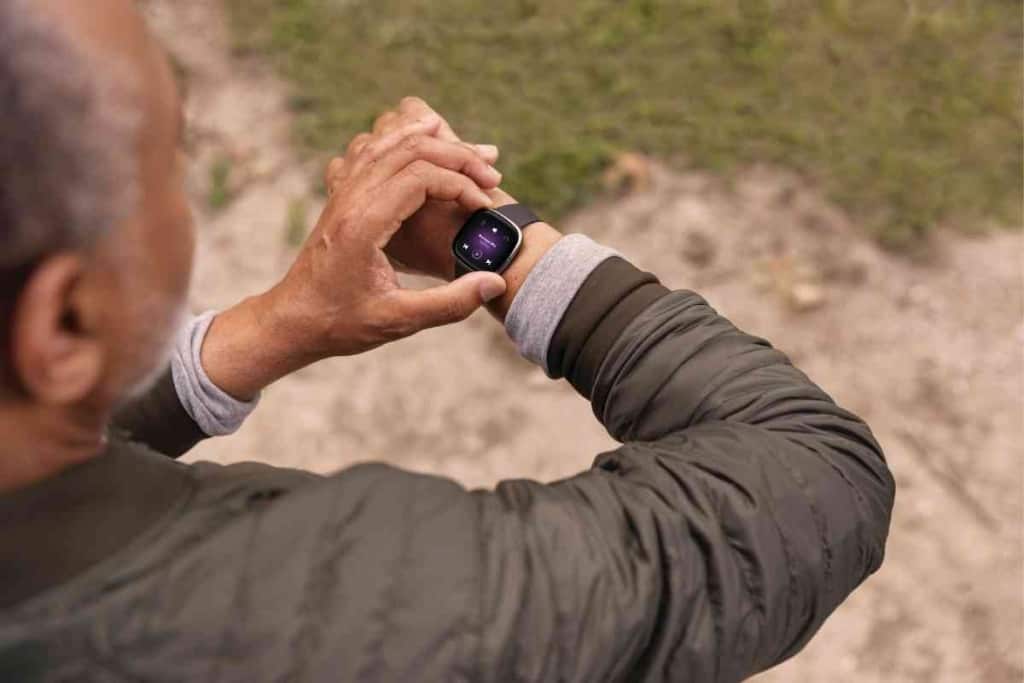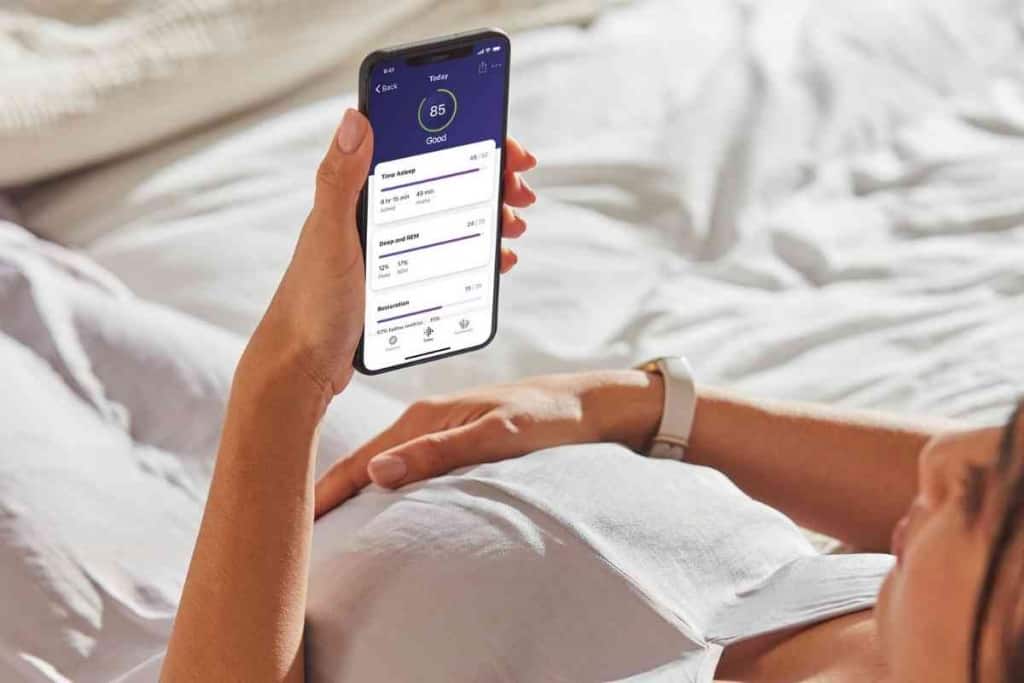When Do I Charge My FitBit?
Confused about the best time to charge your FitBit? Dive in as we guide you on when and how to boost its battery for uninterrupted fitness tracking!

However, many users do not know how to properly charge their FitBit, which can lead to decreased battery life.
When Do I Charge My FitBit?
If your Fitbit battery is below 20%, we recommend charging it as soon as possible. If you want to maximize the lifespan of your battery, we recommend charging it every few days.
To charge your Fitbit, connect the charging cable to the port on the back of the device.
Then plug the other end of the cable into a USB port on your computer or a UL-certified USB wall charger.
Once your Fitbit is connected to the charger, a battery icon will appear on the screen.
You’ll see a green light on the charger when it’s done charging.
Pro tips:
- If you’re not using your Fitbit for a while, we recommend storing it in a cool, dry place out of direct sunlight.
- We suggest disabling certain features, such as Always On Display and notifications, to extend your battery life.
- If you’re not using GPS, we recommend turning off Location Services to conserve battery power.
In this post, we will discuss the best practices for charging your FitBit and other features so that you can continue reaping its benefits.
At What Percentage Should I Charge My Fitbit?
You’ve probably heard you should charge your Fitbit when the battery is 40%.
What does that actually mean? The truth is, there’s no one-size-fits-all answer to this question.
It depends on a variety of factors, including how often you use your Fitbit, what type of activities you do, and how cold it is outside.
In general, it’s a good idea to charge your Fitbit when the battery is around 50%.
This will ensure you have enough power to last through the day without worrying about running out of juice.
Of course, if you know you’ll be using your Fitbit more heavily than usual, you can always charge it up to 100% ahead of time.
But in most cases, 50% is the sweet spot.

How Do I Know When to Charge my Fitbit
The battery level is located on the top right of the main Fitbit screen.
The battery icon will be either green, yellow, or red.
Green indicates that the battery is fully charged, yellow means that it is low, and red means that it needs to be charged.
If the battery is low, Fitbit recommends charging it for at least 30 minutes before using it again.
If the battery is red, Fitbit recommends charging it for at least two hours before using it again.
In order to conserve battery life, Fitbit recommends turning off certain features, such as notifications and Auto-Lock, when not in use.
Is it Bad to Leave Your Fitbit Charging Overnight?
Leaving your Fitbit charging overnight might not be the best idea.
While the battery life on these devices is pretty good, it’s not designed to be left plugged in all the time.
Like any lithium-ion battery, it will slowly degrade with each charge, and over time, this can shorten the battery’s overall lifespan.
In addition, leaving your Fitbit plugged in all night long also runs the risk of overcharging, which can cause damage to the battery and potentially lead to a fire.
So, while charging your Fitbit overnight is not necessarily harmful, it’s probably not doing the battery any favors either.
When Should I Charge my Fitbit Inspire?
Your Fitbit Inspire should be charged when the battery is low.
You can check the battery level by opening the Fitbit app and going to the Dashboard.
The Dashboard will show you how much battery life your Fitbit has left.
You should charge your Fitbit Inspire when the battery is at 20% or less.
To charge your Fitbit Inspire, plug the charging cable into the USB port on your computer or any UL-certified USB wall charger.
Then, attach the other end of the charging cable to your Fitbit Inspire.
Make sure that your Fitbit Inspire is connected to the charging cable correctly.
The best way to do this is to line up the four gold contacts on the back of your device with the four gold contacts in the charger.
Once your device is connected, a battery icon will appear on the screen to show that it is charging.
It can take up to 2 hours to fully charge your device. Once your device is fully charged, disconnect it from the charging cable.
Features of the Fitbit Inspire
The Fitbit Inspire is a fitness tracker that helps you to stay active and motivated.
It tracks your steps, distance, calories burned, and active minutes and also has a heart rate monitor so you can see how hard you’re working out.
The Inspire also has a sleep tracker so you can see how well you’re sleeping, and it has a reminders feature to help you stay on track with your fitness goals.
The Fitbit Inspire is water-resistant and has a five-day battery life, making it a great choice for people who are looking for an affordable and reliable fitness tracker.
Are Fitbit Heart Rate Monitors Accurate
One of the key features of a Fitbit is its heart rate monitor.
So, how accurate are these monitors?
The answer seems to depend on the individual device.
In general, wrist-based heart rate monitors are less accurate than chest-strap monitors.
This is because the wrist is more prone to movement, which can interfere with the heart rate readings.
Additionally, Fitbit heart rate monitors may not be as accurate when you are doing intense exercises.
However, for most people, a Fitbit heart rate monitor should be accurate enough to give you a good idea of your resting heart rate and how many calories you are burning during your workouts.
How does Fitbit Track Your Steps?
Fitbit uses a built-in accelerometer to detect your motion and then uses an algorithm to estimate the number of steps you take.
The Fitbit also tracks your heart rate and can estimate the calories you burn daily.
You can view your step count and other data on the Fitbit app, which lets you set goals and track your progress over time
The app also lets you connect with friends and family who also use Fitbits, so you can compare your activity levels and motivate each other to stay active.
Are Fitbits Waterproof?
While most Fitbits are designed to be resistant to water, they are not technically waterproof.
This means they can withstand brief exposure to water, but it’s best to avoid submerging them for extended periods.
However, a few models of Fitbit are specifically designed for swimming, and these devices are waterproof up to 50 meters.
So, if you’re looking for a fitness tracker that you can take in the pool, make sure to choose one of the company’s swim-specific models.
Otherwise, you’ll need to be careful not to get your regular Fitbit too wet.